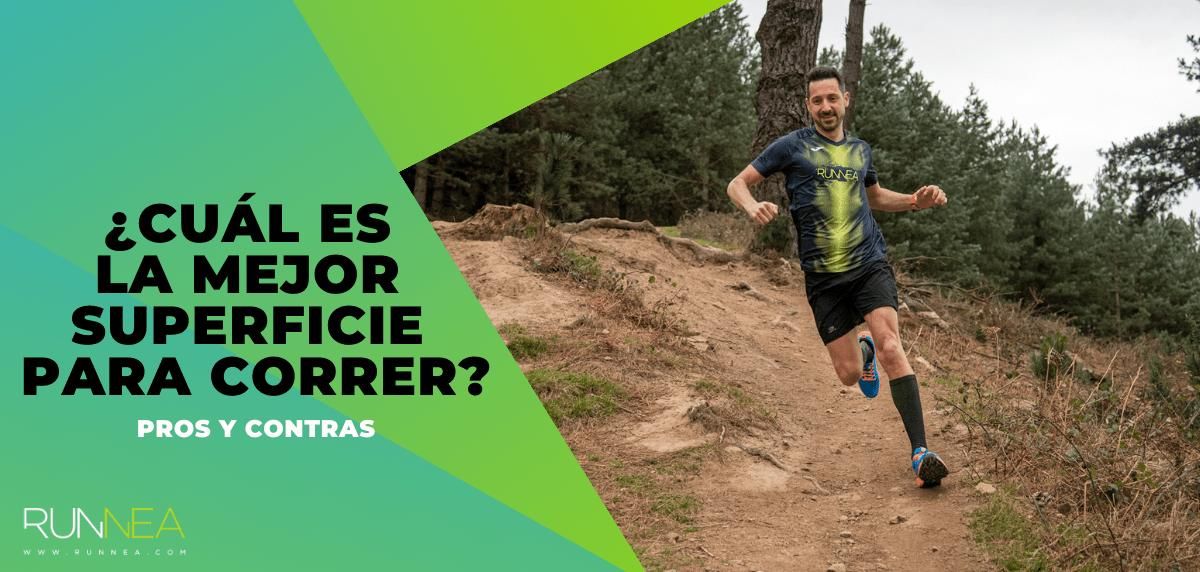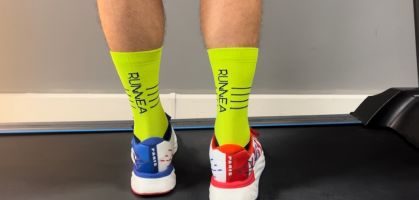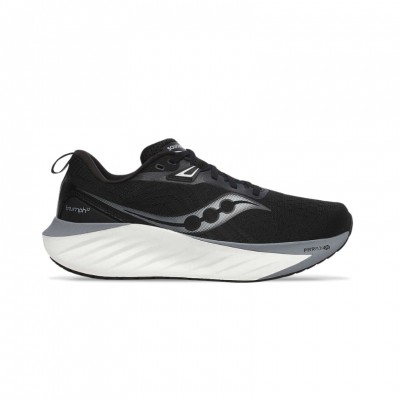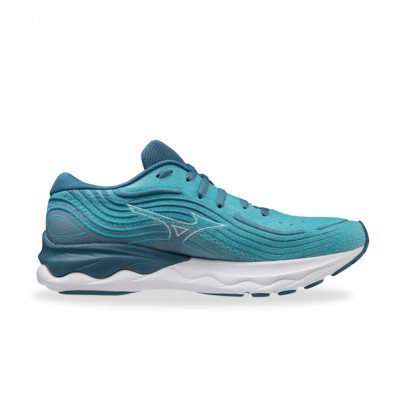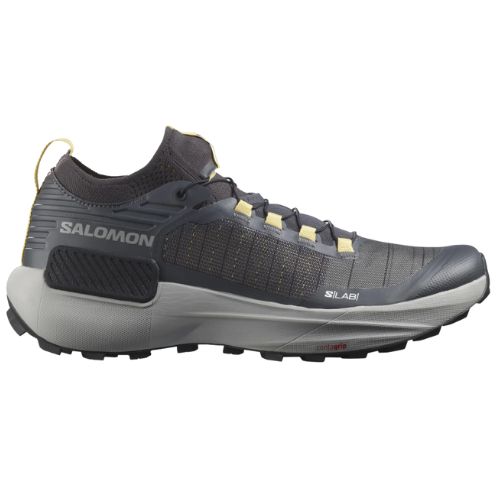The main argument in favor of every runner, regardless of their level, paying attention to the surface on which they run is to reduce possible injuries. So it is not only important how we run, but also where we run. As the alternation of training surfaces is a section of great interest, in Runnea we tell you the most advantages, and also some other cons.
There are more benefits, of course. Whenever possible, and we have that real possibility, training on different surfaces also helps to improve balance and develop strength. However, there are other variables that should not be put on the back burner either: your own physiological characteristics, your training goals, and even the Running shoes you usually use for training.
"If we have the possibility to vary the surface where we train, it can be very interesting for our joints and muscles. The alternation of the surface will make it possible to reduce the impact (if we change the asphalt or cement for grass), or allow us to perform different exercises barefoot, thus enhancing the musculature of the plantar vault," says Iker Muñoz, sports director of Runnea Academy, who also interestingly notes: "However, it is always necessary to apply common sense. Working in sand can be good for working on proprioception, but not for series, for example," Muñoz explains.

Principle of specificity to be applied also on the surface where training takes place
With the idea of trying to reduce, albeit partially, the reactive force generated by our running muscles when they come into contact with the ground, a good option is to run at low intensity on softer surfaces, such as grass or earth, as part of our individualized training plan.
Once this concept is clear, the next step is to apply the so-called principle of specificity to try to clear that "existential doubt" that many runners have in their heads when considering various sporting challenges: "Can I run on asphalt if I only compete in trail running? This principle of specificity does not mean that I only train in the mountains. What's more,long runs at controlled intensities are very difficult to do in the mountains because of the terrain. So balance is the key," says the Runnea coach.
- You may beinterested in: How to choose the right training plan for my goals?
At the same time, "if I only compete on asphalt, I can train on dirt or grass. However, it should be clear that there will be very specific training sessions that must be done on the surface where we are going to compete ", emphasizes Muñoz.
Is it really less harmful to run in the mountains than on asphalt?
Another of those recurring questions that deserve a precise and concrete answer, without hesitation. Of course, the image of running on soft ground invites us to think of less impact. However, our ankles will not feel the same way after running a demanding trail event. Especially when we are faced with those downhill sections, which force us to brake, and therefore the eccentric component of the force is greater, and translates into greater muscle damage. From this, in general terms, we can draw the conclusion that:
Running in the mountains is just as harmful as running on asphalt for the popular runner.
"The detail to take into account is that what is harmful is to have a bad technique or to ignore a small pain and turn it into an injury. Taken to an extreme, both modalities are harmful, as can be any sport. The over-application of certain structures; not respecting rest periods; taking on workloads for which we are not prepared; etc. will cause injuries or pathologies," Iker Muñoz states categorically.
And from asphalt and/or mountain terrain we move on to the track. We are used to seeing the most pros and elite athletes running on athletics tracks, but this work on the track is a section that every popular runner should also consider, if we are looking for improvement and progression. "In principle, they are not necessary for amateur runners. Although, without a doubt, it is the perfect place to do technique exercises, series, use the material of these as fences, cones, etc; whenever possible," says our experienced coach, who also adds an interesting component such as "training with runners of our same level or higher, helping us with the series and also socializing!" There it is!

Why is it convenient to run and/or train on soft or grass surfaces?
We'll tell you that it's a matter of endurance, as well as indicating that grass or dirt roads can be an intermediate option between the two extremes of asphalt and sand. As Iker Muñoz points out: "Running on grass or dirt is advisable because the reactive forces of the ground are reduced. In other words, when we put our foot on the ground we transfer forces to it and the ground gives them back to us. If the ground is very soft, it will absorb more of these forces and put up less resistance. For example, the sand on the beach".
- You might beinterested in: What should runners think about first: speed or distance?
By the way, now that we are about to release the desired summer weather, from Runnea we launch a good recommendation. If you plan to go running or training on the beach... indulge yourself, but do it on the compacted sandy stretches; and better with your running shoes on than without them!
And of course, last but not least, don't lose sight of another of those basic principles of every runner: progression. No matter what type of surface you train on, but "you must follow a progression in time, intensity and frequency of training. Drastic changes are usually not good", advice given by Iker Muñoz.
Now you know, apply yourself and train with your head! In this sense, remember that in Runnea Academy we can help you, try to train with us!
Read more news about: Running Training
